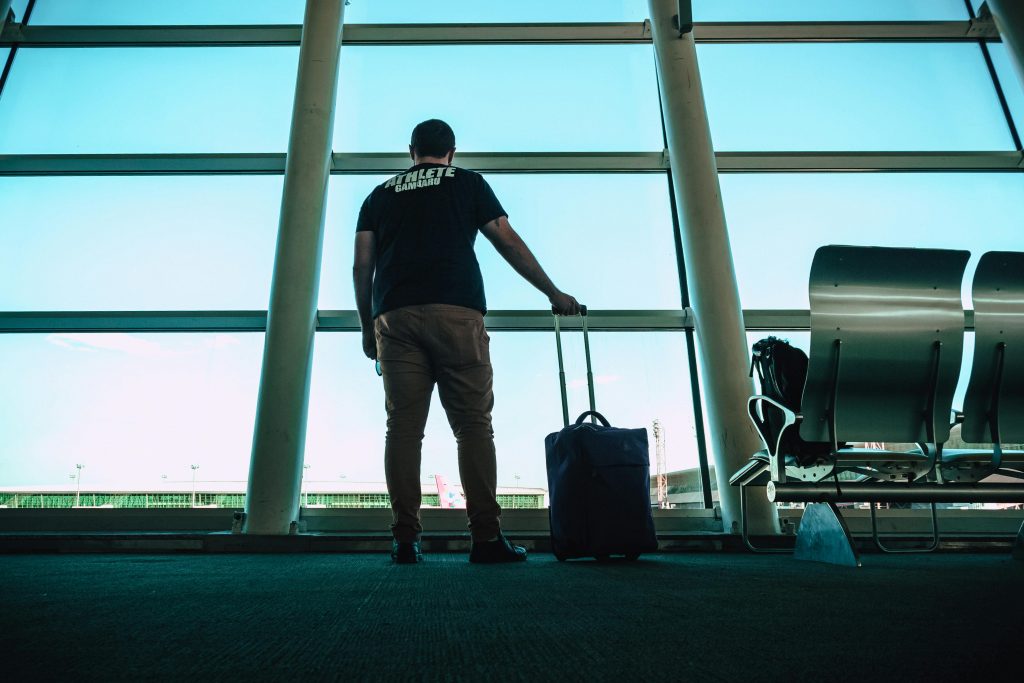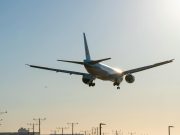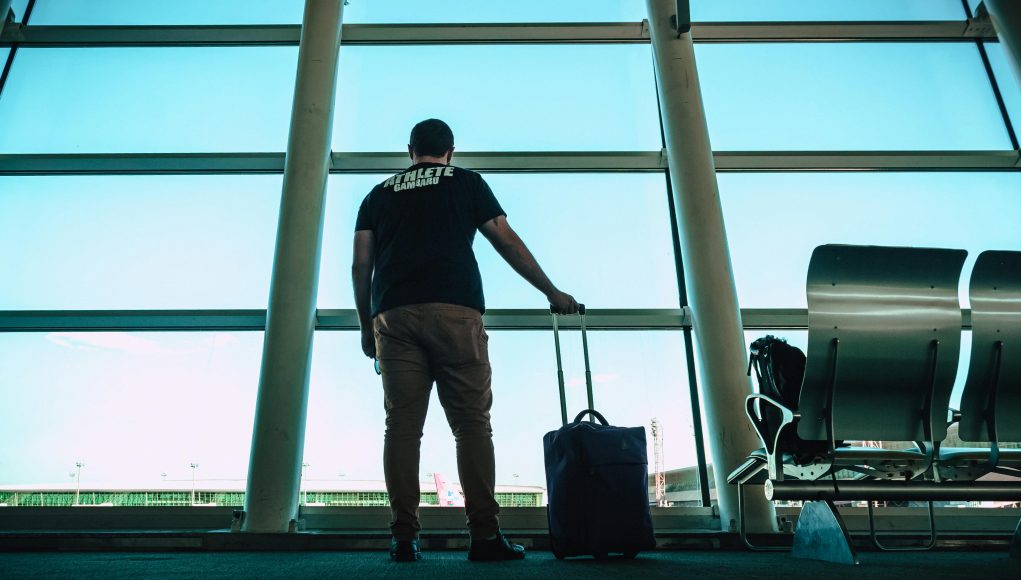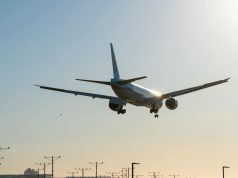
(Singapore, 07.11.2025)A wave of last-minute flight cancellations has thrown U.S. air travel into disarray, after the Trump administration ordered airlines to reduce domestic flights amid the country’s longest-ever government shutdown.
Starting Friday, major U.S. airlines will be forced to cut as much as 10% of flights at 40 major airports, including hubs in New York, Los Angeles, Chicago, and Atlanta. The decision comes as the Federal Aviation Administration (FAA) struggles to cope with severe staffing shortages among air traffic controllers — many of whom have been working without pay for over a month.
The emergency directive left airlines with barely 36 hours to reorganize flight schedules and inform passengers.
According to Reuters, aviation analytics firm Cirium estimated that up to 1,800 daily flights could be canceled, cutting around 268,000 airline seats from the U.S. market.
The FAA said the cuts will begin with a 4% reduction from Friday through Monday and ramp up gradually to 10% by November 14 if the shutdown continues. International routes are exempt for now, but both commercial and cargo services within the U.S. will be affected.
Transportation Secretary Sean Duffy said the cuts were necessary to maintain flight safety.
“It’s safe to fly today, and it will continue to be safe to fly next week,” Duffy said. “But our controller workforce is stretched thin, and we must take precautionary action.”
The FAA added that space launches will also face restrictions and that additional limits could extend to general aviation flights if staffing worsens.
Major Airlines Trim Schedules
Airlines rushed to announce flight reductions and flexible travel options.
American Airlines said it will cut about 220 flights daily between November 7 and 10, roughly 4% of its operations. Most of these cancellations affect regional routes, allowing the airline to keep around 6,000 flights a day in the air.
“We’re doing our best to minimize disruption for both customers and our crew,” said David Seymour, American’s Chief Operating Officer, in a memo to staff. “You deserve the same level of certainty as our passengers.”
Delta Air Lines said it would cancel about 170 U.S. flights on Friday, with fewer expected on Saturday as travel demand dips over the weekend. United Airlines plans to drop fewer than 200 flights a day, or about 4% of its schedule, while Southwest Airlines will cancel about 120 flights on Friday.
Alaska Airlines and Frontier will also trim some high-frequency routes, though both said the majority of customers would be rebooked.
Frontier CEO Barry Biffle even urged travelers heading to critical events — such as weddings or funerals — to consider booking backup tickets on other airlines.
Refunds and Passenger Rights
The U.S. Department of Transportation (DOT) confirmed that passengers whose flights are canceled are entitled to a full refund, even if they purchased nonrefundable tickets.
However, airlines are not required to pay for hotel stays or meals since the cancellations are not their fault.
To ease customer concerns, major carriers including American, United, and Southwest have issued travel waivers, allowing passengers to reschedule without penalty.
Despite these measures, airline call centers and social media pages were flooded with complaints and confusion as travelers scrambled to rearrange their plans.
Passengers Feel the Stress
For many travelers, the disruption has been deeply personal.
Grace Logeman, 40, from Delaware, said she drove two hours to Newark Airport for a Frontier flight to Atlanta, only to face a three-hour delay — which caused her to miss her connecting flight to the Dominican Republic for her sister’s birthday.
“I’m devastated,” Logeman said while on hold with customer service. “As far as the shutdown goes… it’s hurting me. I’m the one sitting here now.”
Similar frustrations have been echoed nationwide as travelers vented on social media platform X, with hashtags like #FlightChaos and #Shutdown trending by Thursday evening.
Behind the Chaos: A Staffing Crisis
The unprecedented flight cuts highlight the growing toll of the ongoing government shutdown, now stretching into its sixth week.
According to officials, 13,000 air traffic controllers and 50,000 airport security screeners are still on duty without pay. Absenteeism has climbed to 30% or more at some facilities as workers pick up side jobs or struggle to afford childcare.
Even before the shutdown, the FAA faced a shortage of about 3,500 controllers, forcing many to work mandatory overtime and six-day weeks. Airlines estimate that at least 3.2 million travelers have experienced delays or cancellations since the crisis began.
The timing of the cuts — just weeks before the Thanksgiving travel rush — could not be worse.
While analysts believe the short-term financial impact on airlines will be limited if the shutdown ends soon, the uncertainty is dampening consumer confidence.
Travel app Hopper reported a 60% overnight surge in sales of its “disruption assistance” service following the announcement. Meanwhile, the Transportation Security Administration (TSA) data shows a dip in passenger traffic in early November compared to the same period last year.
Chris Sununu, CEO of industry group Airlines for America, urged customers to “stick with their current travel plans,” saying the sector is doing its best to adapt.
But many travelers remain skeptical, fearing more cancellations in the days ahead.
In a statement, American Airlines criticized the political deadlock that has left thousands of federal workers unpaid and millions of passengers stranded.
“The current situation is unacceptable,” the airline said. “We urge leaders in Washington to reach an immediate resolution to end the shutdown.”
As of Friday morning, there was still no sign of a deal to reopen the government — leaving airlines, workers, and passengers bracing for another turbulent week in America’s skies.





































